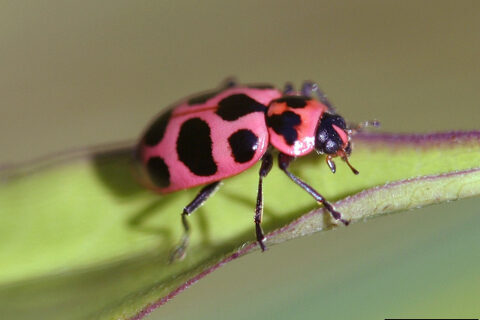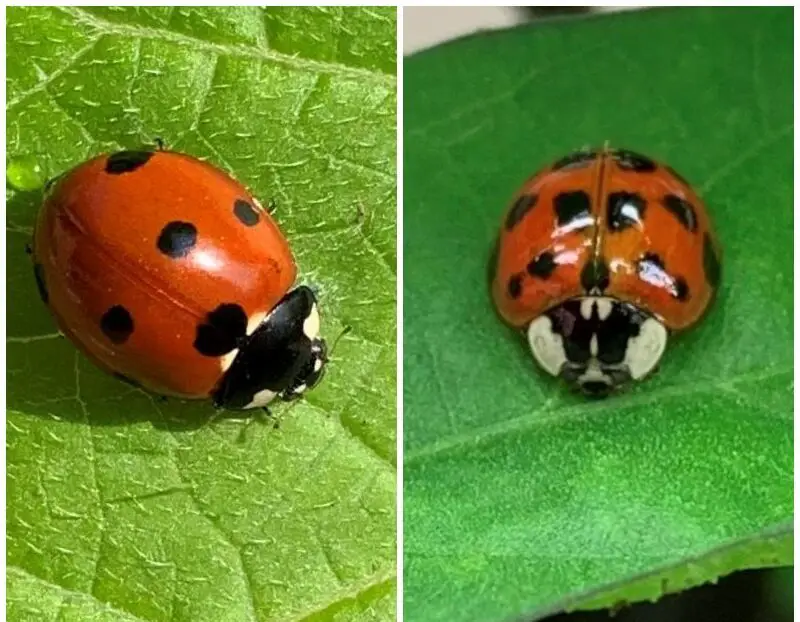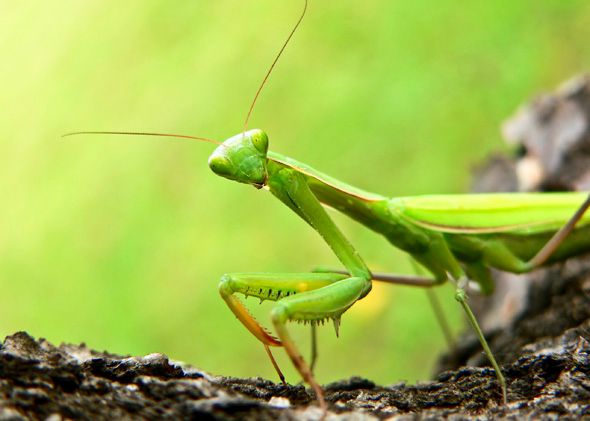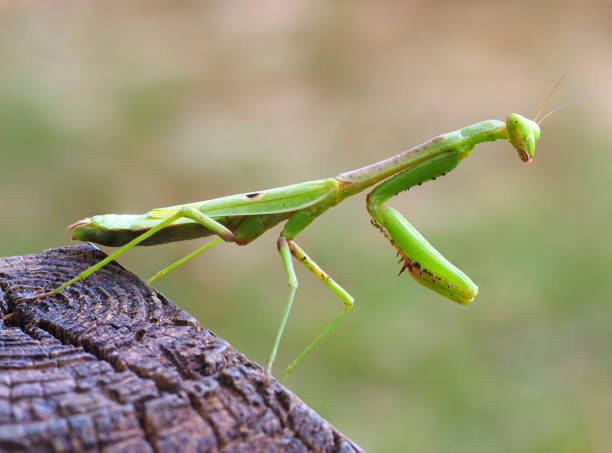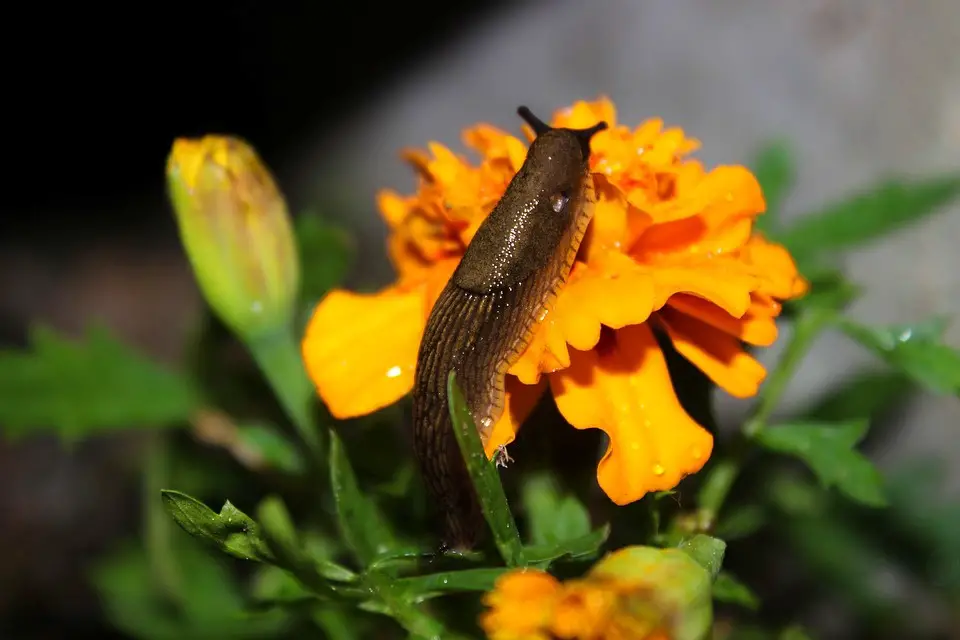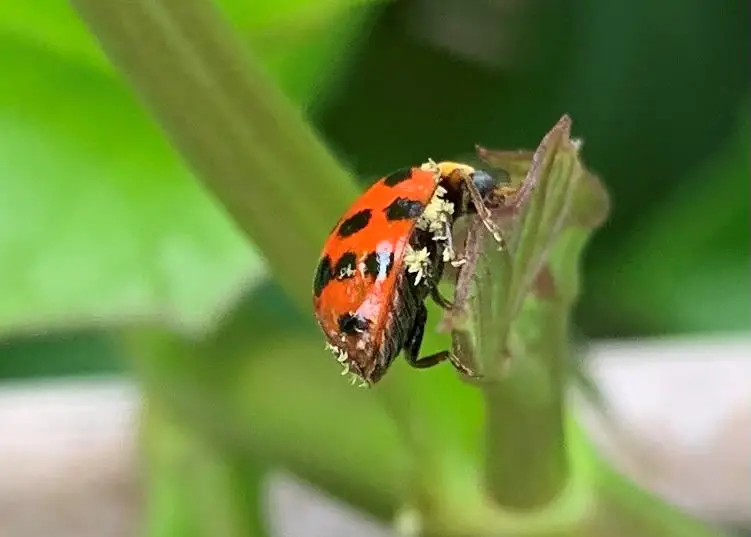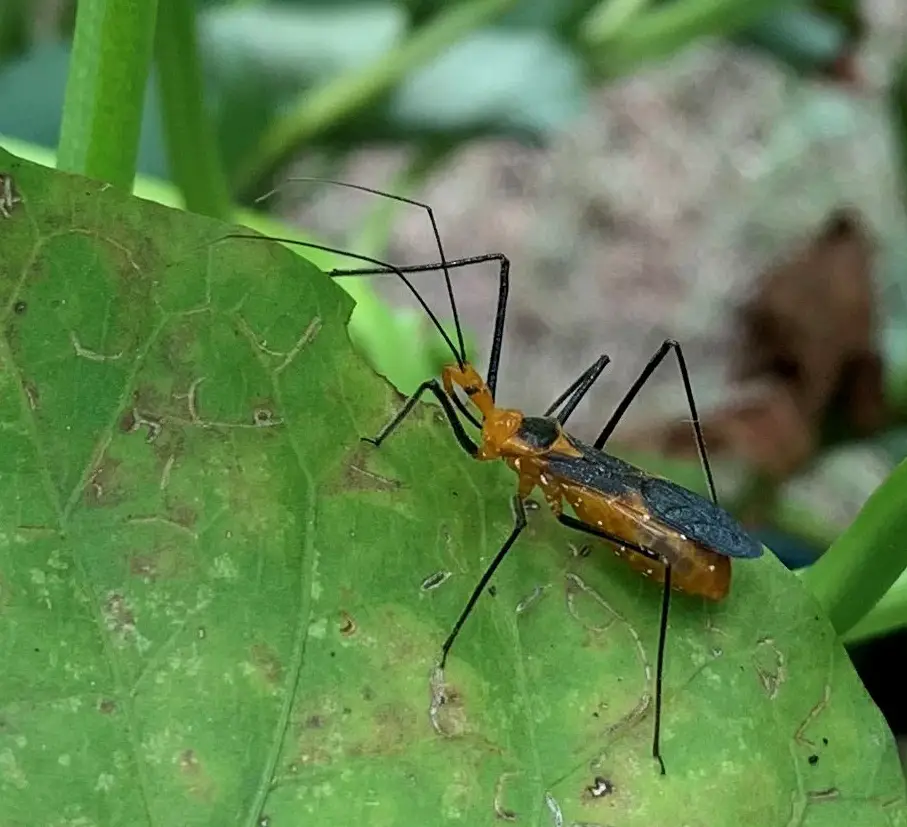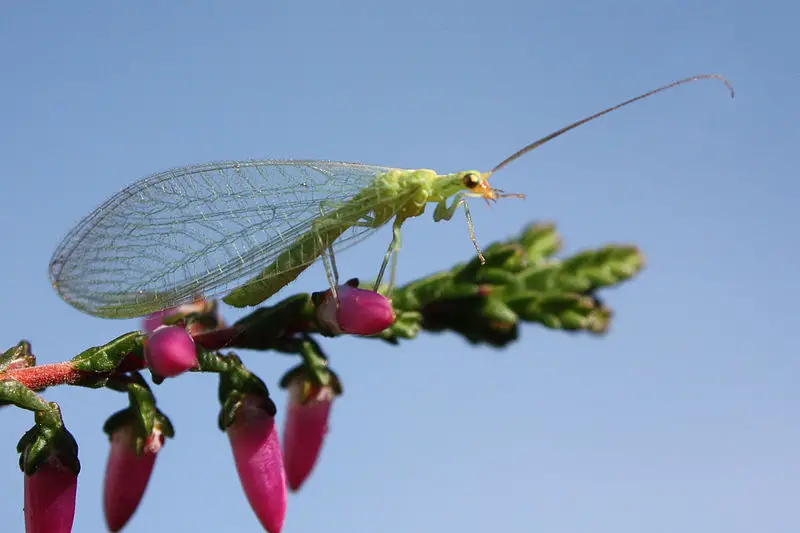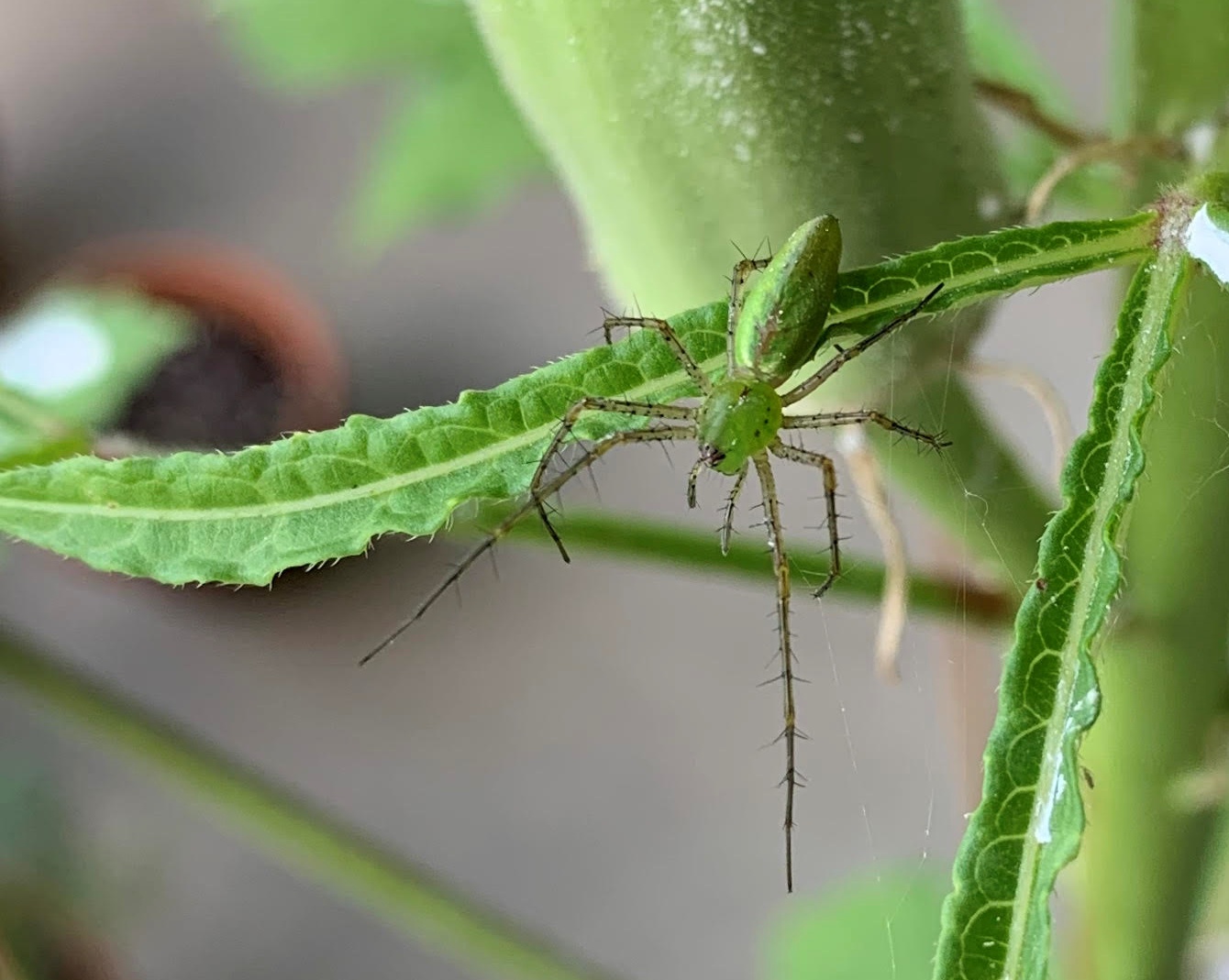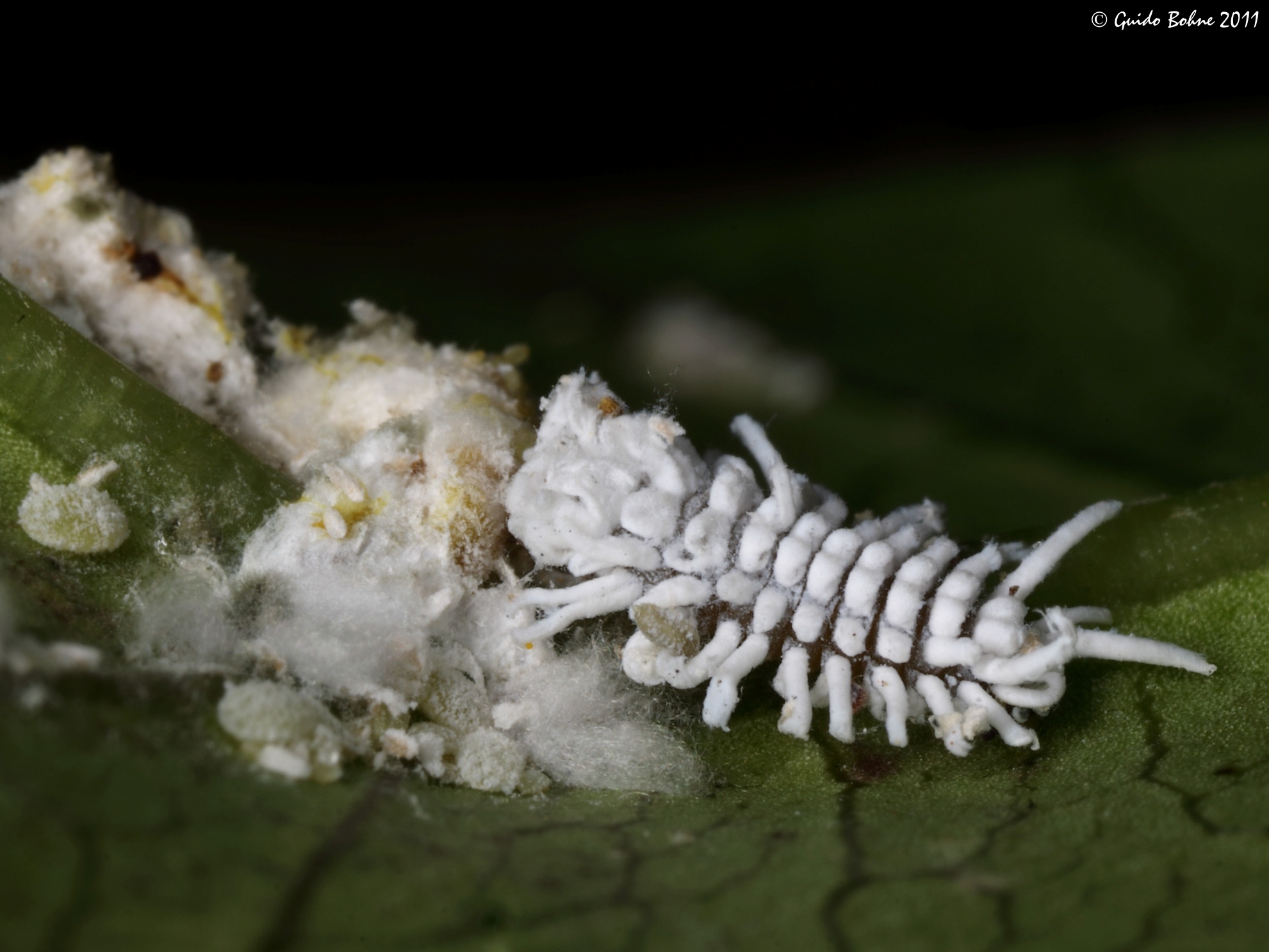The Amazing Pink Ladybug: Everything You Need to Know
Have you ever seen a beetle that resembles a ladybug, but it’s pink? Chances are, you have happened upon a pink ladybug. Also known as a pink lady beetle, the Coleomegilla maculate measures approximately ¼ inch (6 mm) long. Its body is more oblong, and its wing cover is less…
